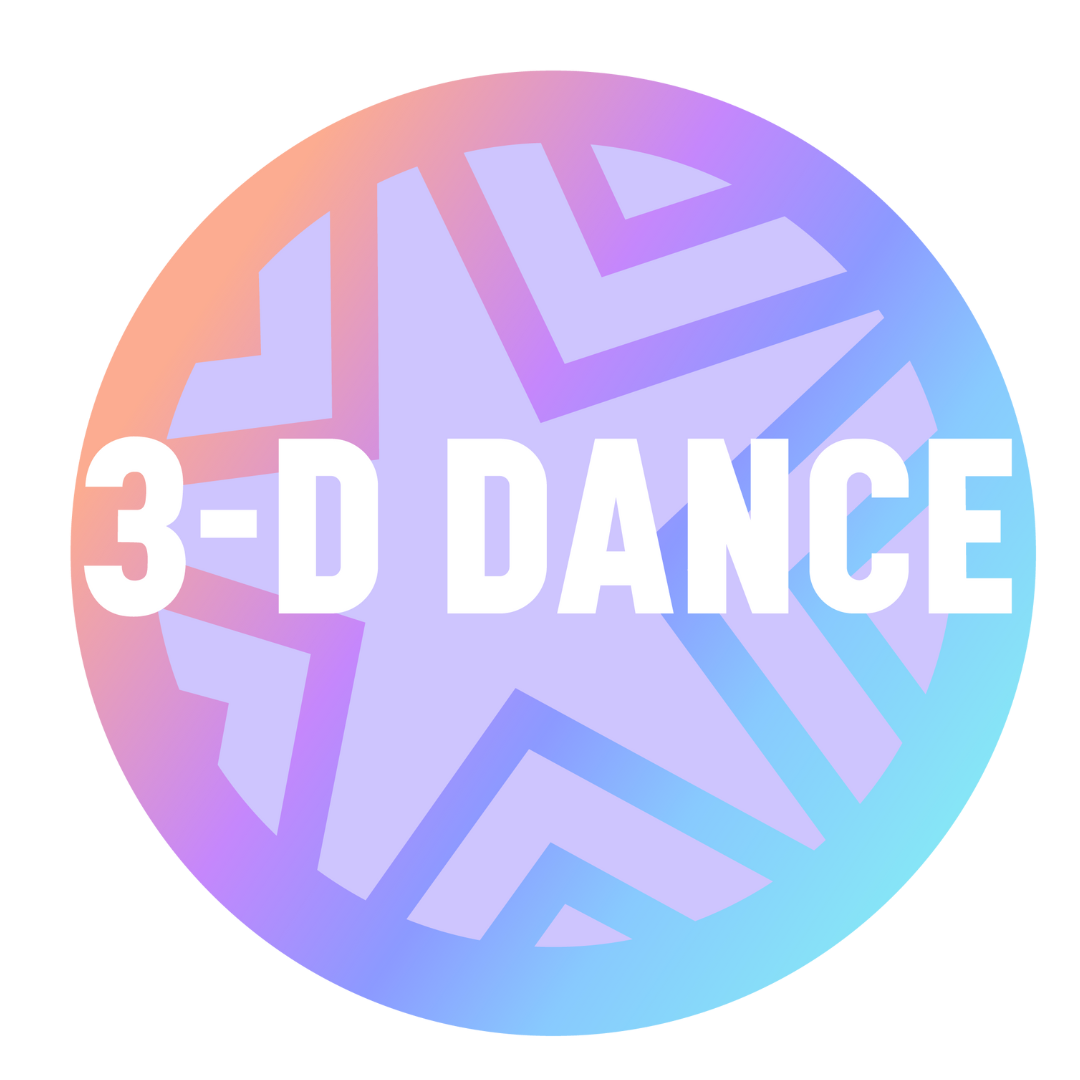
3-D DANCE BLOG
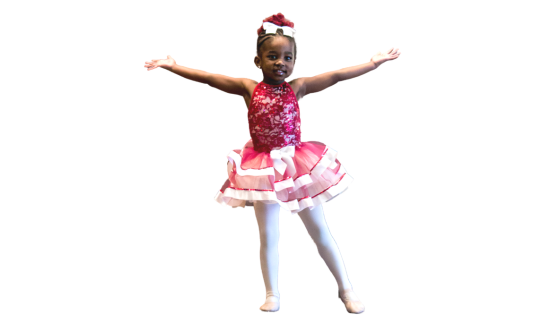
Supporting the Pre-Operational Stage of Development in Dance Class (Ages 3-7)
Introduction:
An intentionally designed dance classroom experience can help promote the growth of physical, emotional, social, and cognitive (brain) development in children. To capitalize on the critical experiences in the most formative years, our 3-D Dance our staff receives ongoing professional training on how to apply Piaget’s Theory of Cognitive Development in the dance classroom environment to provide best support to our dance students’ through developmentally appropriate practices. Additionally, we integrate BrainDance concepts into our weekly curriculum which facilitates critical brain pathways in the child’s brain.
It has never been more critical for our dancers’ classroom experiences to support cognitive progress, following the significant delays in natural development patterns that have occurred due to pandemic disruptions, resulting in decreased experiences that would have naturally facilitated social, emotional, physical and cognitive maturity.
Critical points for caregivers to understand about each Stage in Piaget’s Theory of Cognitive Development are:
Each stage is a basis of the formation of later stages.
All normal children must follow the sequence of development, however not all children will reach the next stage at the same age depending on the individual child’s cognitive development, experience, and maturity.
The dance teacher’s job is to teach in a way that supports the stage of cognitive development of the children in the class.
Cognitive conflicts can occur when the incoming information is inconsistent with students’ current cognitive development. (In simple terms, the child simply does not yet understand.)
Growth and development varies by age resulting in different behaviors and needs, so classroom instruction must be adapted to focus on the student’s development stage in order to facilitate an environment of healthy growing and happy learning for children. Please note, these generalizations apply to a wide range of developmentally “typical” children, but there could always be children who are developmental “outliers” for various reasons.
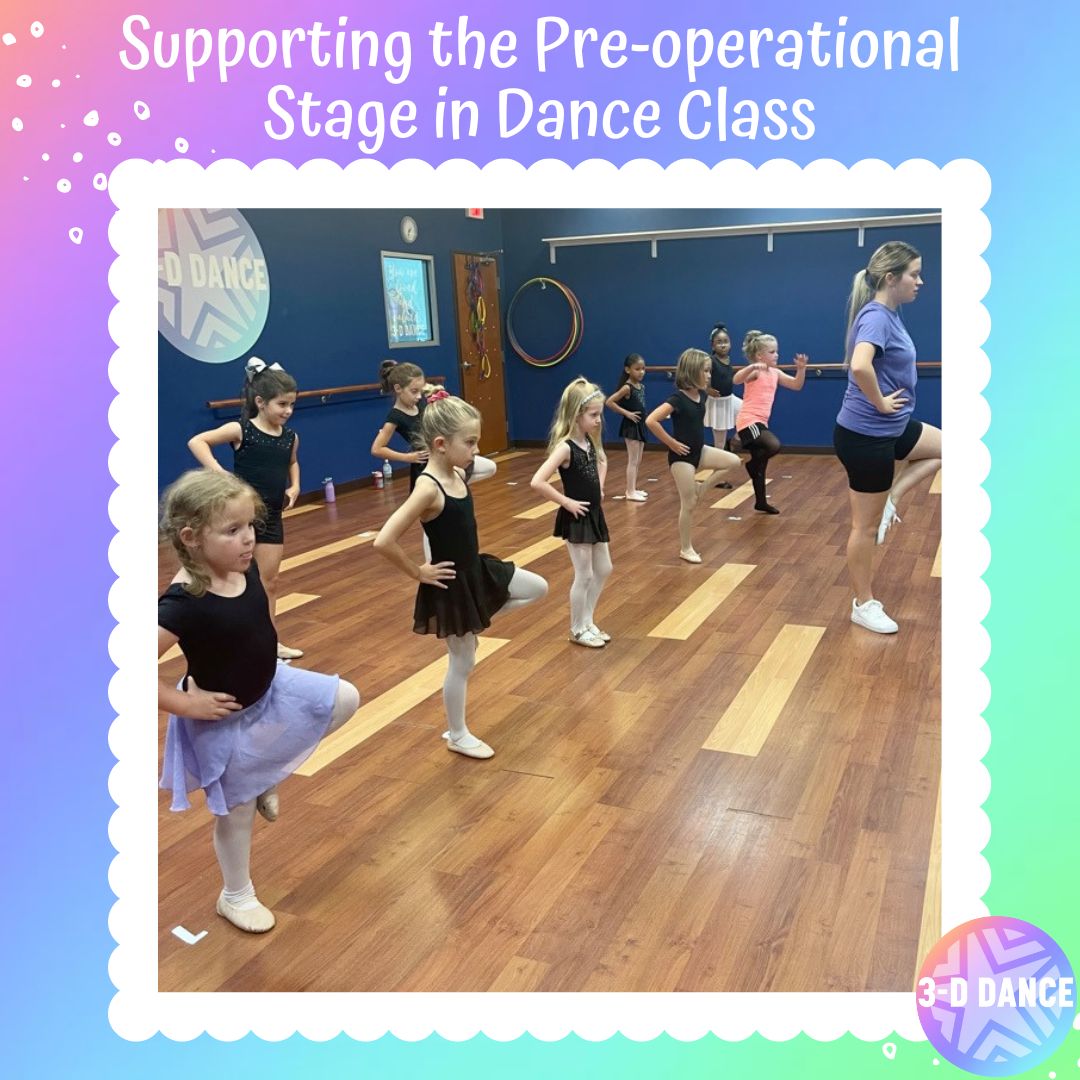
In this blog post, we will be applying Piaget’s Pre-Operational Stage (typically ages 3-7) into 4 areas:
1. Characteristics of Pre-Operational Stage
2. What caregivers may notice about your children in this stage
3. How to support this stage in the classroom
4. Cognitive conflicts to avoid in the classroom
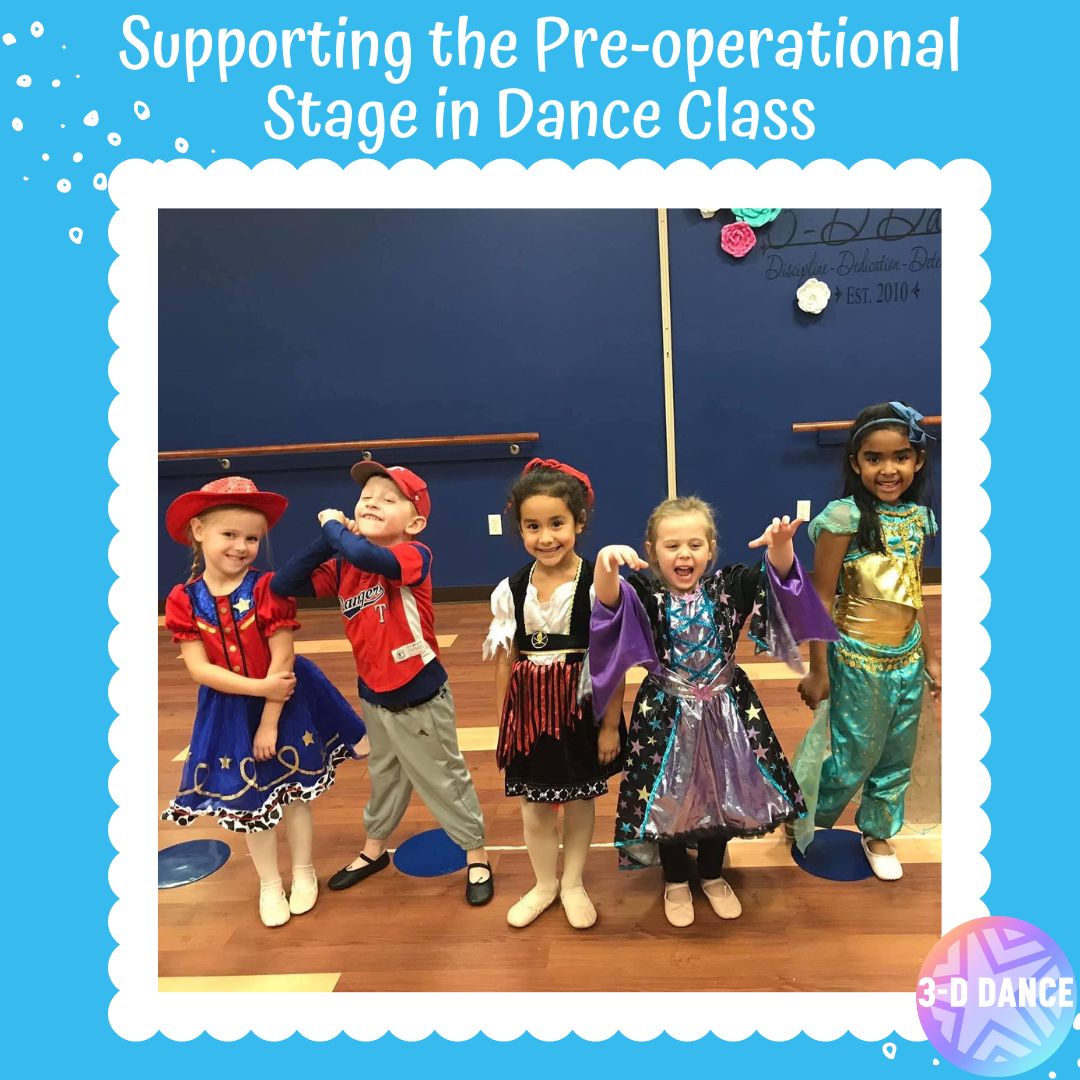
About Piaget’s Pre-Operational Stage
Children in the Pre-Operational Stage of development are able to accurately understand concepts such as big, little, fast, slow, high, low. The most important developmental characteristics in this stage include the use of verbal language and imagination.
It is common for children in this stage to substitute articulate verbal explanations with pictures, movement or imagination. For example, instead of asking a child about their feelings by saying “Tell me how you feel,” the child may be better able to articulate their feelings when prompted with “Draw a picture that shows me how you are feeling.” or “Dance the way this music makes you feel.”
Motor development in the Pre-Operational Stage includes mastering fundamental ABC movements (agility, balance and coordination) such as hop on one foot, jump with two feet, skip using alternating legs, run in a straight line, chasse with “kissing” feet, balance on one leg, walking on the balls of the fee, successful direction changes, rotate in one complete circle when turning, find the front, isolate each body part, and perform log roll, forward roll, and bear crawl.
In this stage, children approach problem solving with curiosity, trial and error. For example, the child may wonder “What will happen if I throw this toy?” or think “I don’t like the way I felt when you seemed upset with me, so I don’t want to do the action that upset you again.”
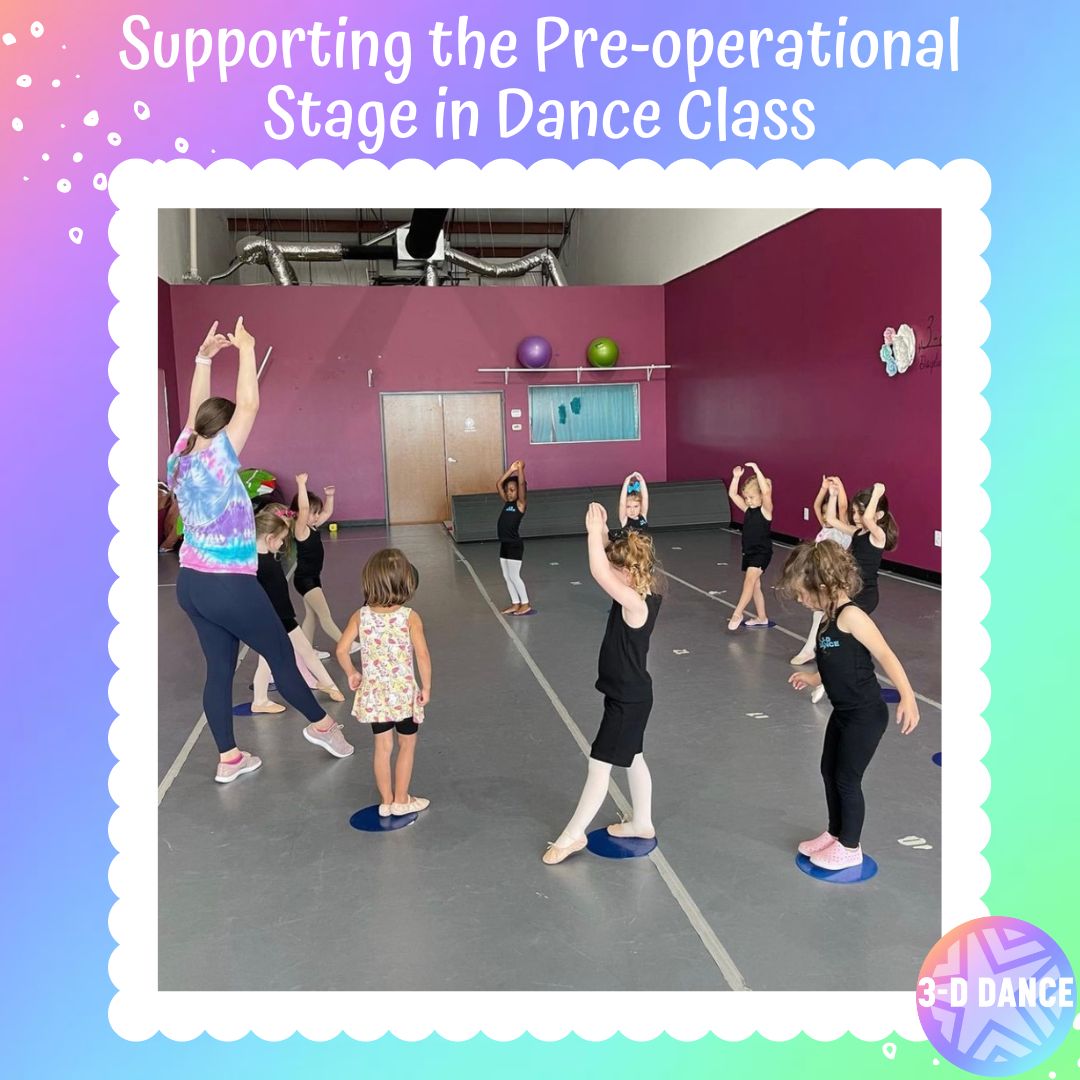
The importance of Imagination
It is critical for teachers and caregivers to understand the importance of imagination in the Pre-Operational Stage to the neurological development of the child. Imaginative Play (also called Symbolic Play) is when the child represents someone or something else as a way of modifying reality to fit his or her own conception of the world. The Pre-Operational child has an illogical, yet charming, perception of reality and magic.
Symbolic play serves an intellectual purpose, as children build their understanding of the objects or people by pretending to be the objects or people they observe in the world around them. In our blog post about the Sensory-Motor Stage of Development we discussed how children in that stage have not yet learned that they are separate beings that exist individually of others. Developing the imagination is how children in the Pre-Operational Stage begin to understand themselves, the world around them, how they fit into the world, and how things work in the world before logic is developed in the Concrete Operational Stage (ages 7-11).
Imaginative Play serves a critical role in emotional development, helping the child handle the frustrations of dealing with a world he/she does not yet understand. Symbolic play occurs frequently and spontaneously during this age, and as a result, imagination activities are heavily integrated as part of the dance class experience.
The inability to think logically is responsible for the imaginative responses to questions in this stage. The child applies their own concept of reality when explaining, for example, why the moon disappears during the day. They may provide an answer of “The moon goes to see the rain in the clouds.” In this case, the child’s egocentric perspective has led her to project her own human characteristics to the moon. While we may find the answer charming or amusing, the child likely does not yet consider this a creative or clever answer and may not understand why you think it’s funny. To the child, it is a perfectly logical explanation, based on their understanding of reality. Additionally, magic is an accepted part of the world of the Pre-Operational child, and much of what cannot be explained is simply considered to be a result of magic.
Note: Symbolism is also why children of this stage often write their letter backwards (a typical characteristic of emerging literacy). Using the letter “S” as an example, the child may see/write the letter correctly, and also see/write the letter backwards, and identify both as the symbol for the letter “S.” In the child’s experience, tangible objects remain the same object whether facing right, left, or upside down. For example, a cup is a cup from any angle. The same principle does not yet apply to written letters and the child does not yet understand that there is a correct and incorrect way to represent the letter.
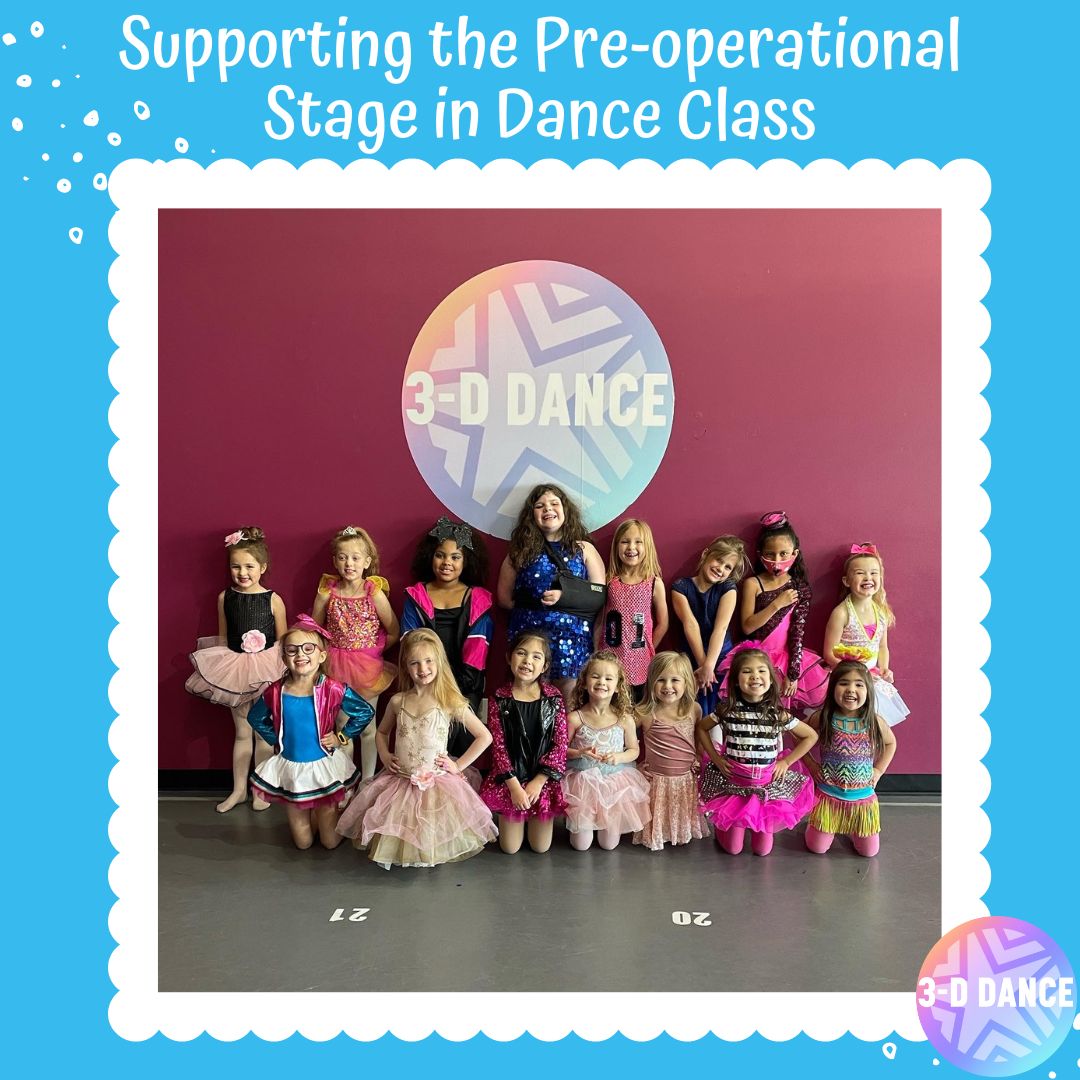
Behaviors that caregivers may observe in Pre-operational dancers include:
The child says “I want to stand on number 4 because I’m 4 years old.”
The child says “I want my favorite color scarf.”
The child says “She is supposed to share with me” or even more bluntly “I want that.”
Hiding is fun because object permanence has developed.
Imagination games are fun and a critical part of the learning experience!
The student pays attention to visual detail and recalls information based on visual triggers. For example, the student may say to the adult “You wore that purple shirt last time I saw you.” or “That is Sophie’s pink unicorn cup.”
Spatial awareness develops in the form of understanding “Place,” or the concept of where the child is in his/her own personal space vs. general space.
Students are able to wait for a short period of time, combine two movements, engage in games with simple rules, are able to remember simple dancing steps, coordinate their body parts, and prefer structured activities
Positive reinforcement such as “I like the way you are keeping your body still and quiet while you wait for the music to start.” goes a long way to build the child’s confidence and reinforce desired behaviors.
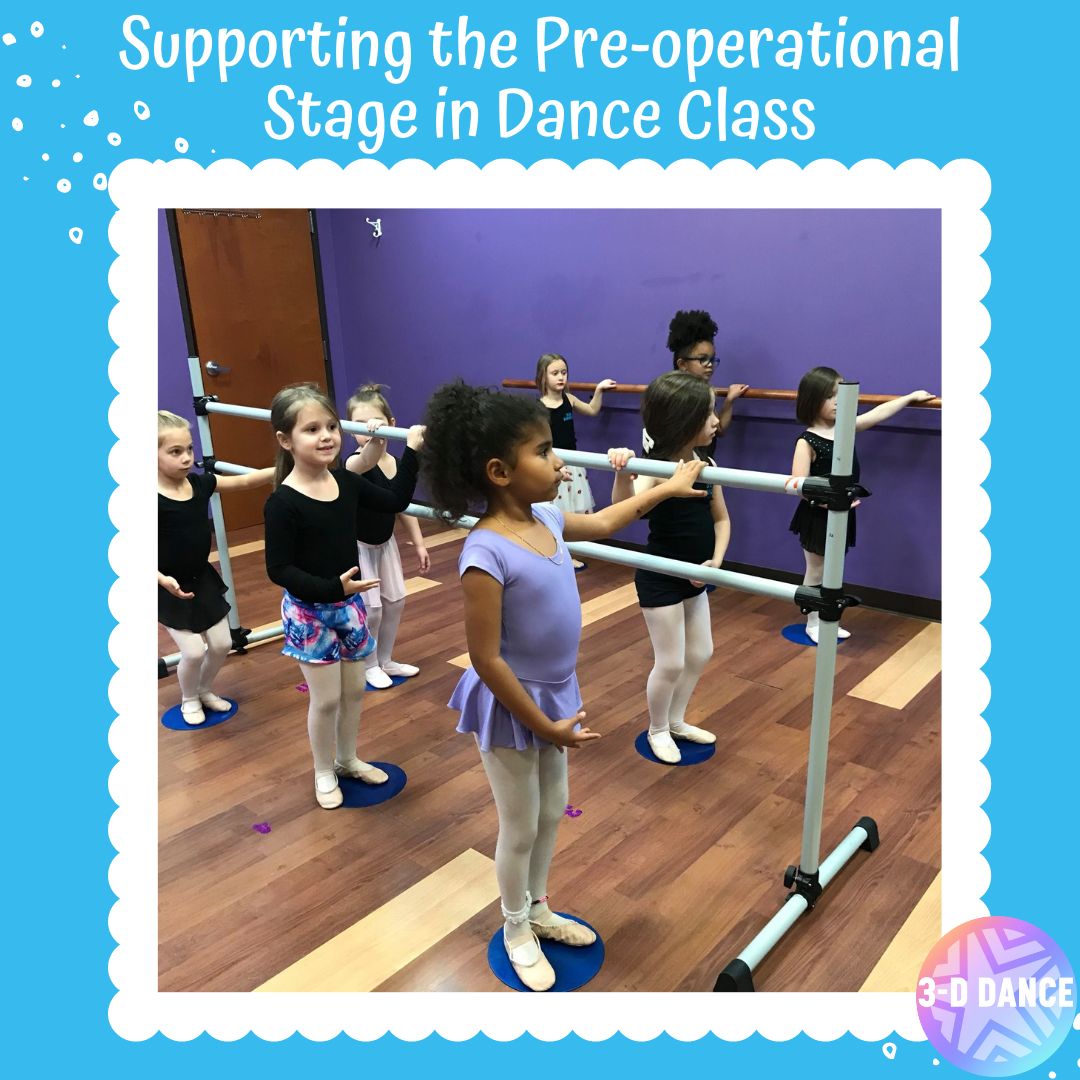
Supporting the Pre-Operational Stage in Dance Classes:
Our teachers are trained to understand that pre-operational children dance in accordance with their own perceptions. They are able to imitate or express themselves through imaginations, but individual meanings are present for each child. For example, we can all dance like butterflies, but the individual child will create their own story behind their butterfly’s color and where they are “flying”.
While presenting dancing elements to children in this stage, we use songs that:
Require the student to imitate the teacher.
Encourage students to try different types of movement in different ways.
Allow students to verbally and physically process information.
At 3-D Dance our teachers are trained not only to identify and understand how to support the child’s current developmental stage, but how to avoid creating cognitive conflicts in the classroom. The presence of cognitive conflict creates disequilibrium in the child’s brain. In simple terms, the child simply does not yet understand what the teacher expects of them. Below are some potential cognitive conflicts in children in the Pre-Operational Stage:
The child is unable to see the “whole picture.” For this reason, dance class choreography should avoid complex formation changes and staggered movements. Dancers should primarily stay in their “spot” and perform the same movement at the same time.
A group of dancers on the younger end of this stage can not yet form themselves into a circle without adult guidance, because the children can not yet sense themselves as individuals AND part of a circle at the same time.
Children during this period follow “rules” that are personal, fluctuating and may be illogical (although five-to-seven-year- olds may start to insist upon consistent and “fair” rules).
The child does not yet yet focus on process or choreographic transitions. This means that the child can imitate one position and then another, but not always how the change occurs (transitions). For example, if the movement is chasse arabesque to the right and left, the child may confidently execute the arabesque shape, but may not pay much attention to the chasse as the transitional movement.
Younger children (3-4) may still struggle with “earning” a reward by demonstrating a desired behavior, however, as they grow towards ages 5-7 children can be expected to accomplish a specific goal in order to achieve a desired reward (along the same cognitive lines as following a game with simple rules.)
Dance instructor feedback should be descriptive and specific to the child they are speaking to, never comparing the child to another. For example, the teacher may say “You pushed hard with your legs when you jumped” or “You held that shape for a long time.” The teacher should never instruct a child to “Try to do it the way Sophie is doing it.”
In the Pre-Operational Stage, the purpose of dancing is for the child to experience expression and joy. Dance is not a means of emotional communication or connection in the stage because the Pre-Operational child gives very little indication of understanding perspective or preference other than his or her own. Direction such as “Turn around so the audience can see you.” is an essentially meaningless direction to young children, even though they may delight in having an appreciative audience (Think about how many times have you heard a Pre-Operational child shout “Look at me!)
The Pre-Operational child has not yet developed Reversibility – doing and undoing/ going in one direction and then the next. The child also cannot be expected to take apart movement sequences and then return them to the original form.
Pre-Operational children can not yet attain correct body “line” due to lack of spatial perspective and muscular-skeletal development and control. A common example is when Pre-Operational children often perform arabesque with the “wrong” arm or leg reaching outward.
The Pre-Operational child has limited ability to accurately imitate a movement or shape involving more than one part of the body. If children are taught the 5 ballet positions, for example, they may be able to imitate placement of the feet, but may not yet be able to simultaneously see the position of the knee, hip joints, and spine, and thus may perform incorrectly.
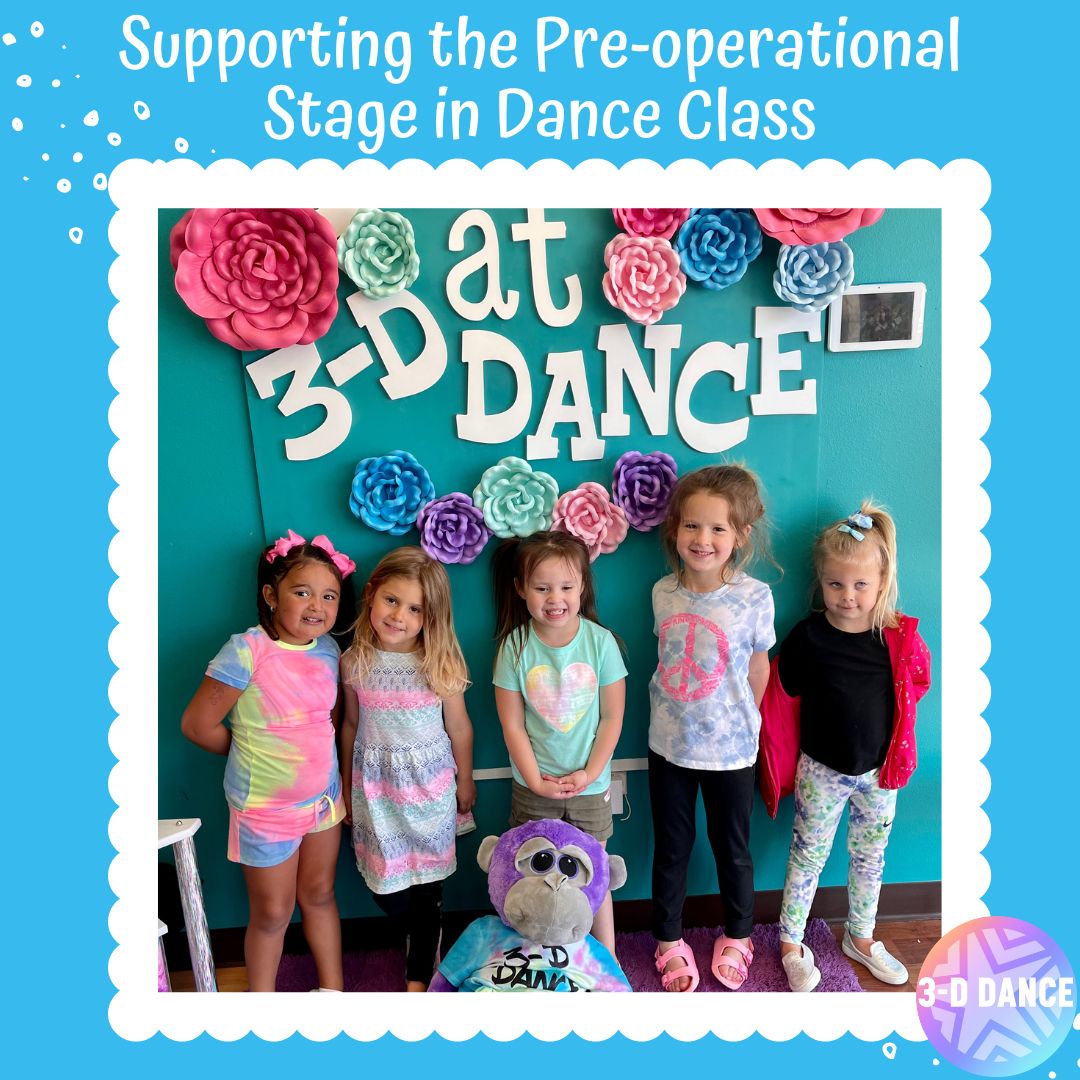
*Note: This is WHY our 3-D Dance curriculum focuses on the progression of how a skill is executed over time. For example, the execution of 1st position Demi Plie:
Ages 2-3 heels together, bends kees, hands on hips
Ages 4-6 heels together, bends knees over toes, arms placed in 1st
Ages 7-9 rotates from hip and bends knees over toes using proper body alignment
Ages 10+ rotates from hip and bends knees over toes in Demi and Grande using proper alignment
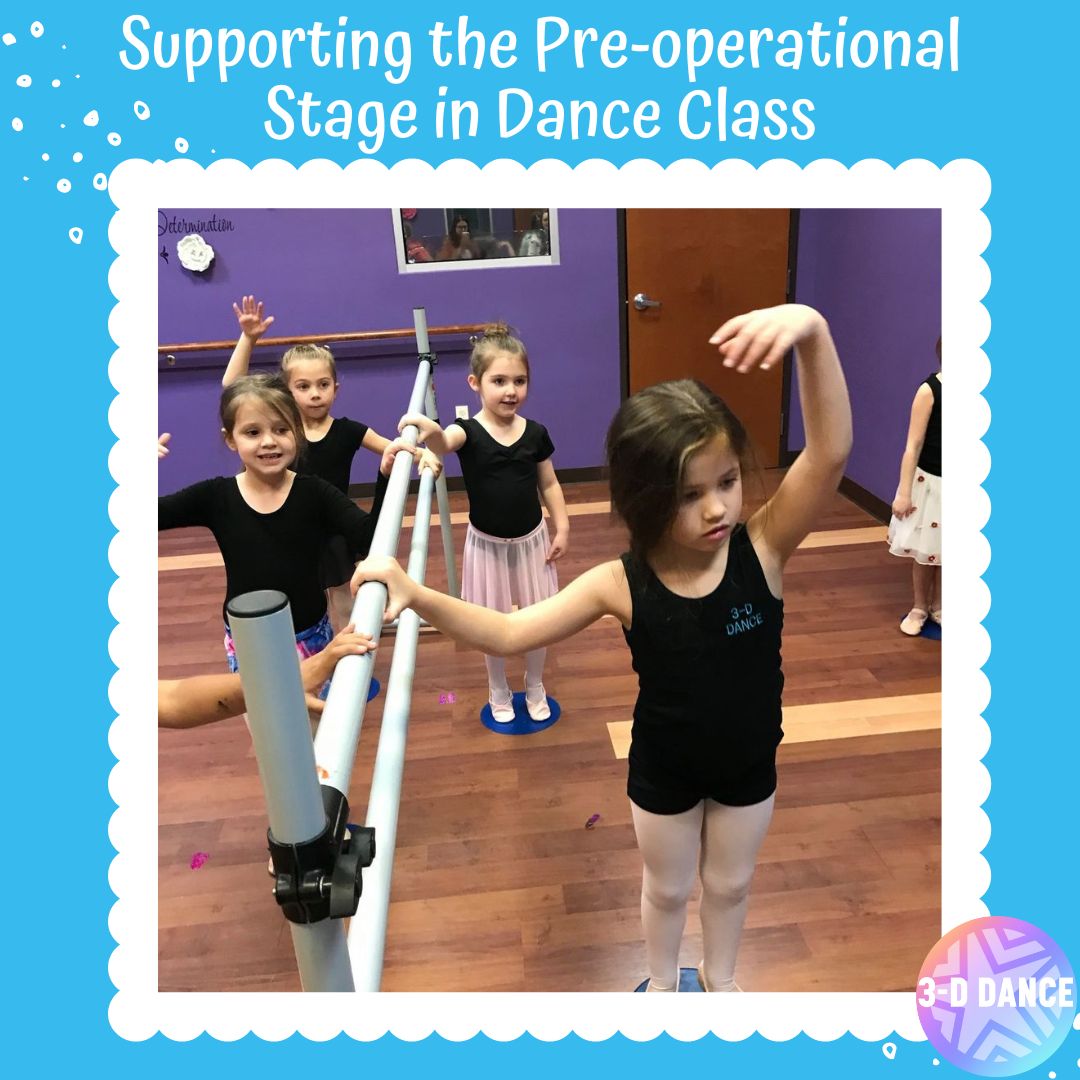
It is important for parent to understand that not all dance studios approach their classrooms with a child development focus. We recently received this message from a former 3-D Dance parent who moved away, highlighting cognitive conflicts and a lack of developmental appropriateness observed in her new studio: “We miss you guys so much! A’s new studio is not great with teaching little kids. In her first class, the teacher told her if she didn’t catch on quick they would be kicking her out of that class…she’s 5! Then her second class they were learning jump splits (WHYY????) So naturally she hurt her leg and started crying and the teacher of that class said if she didn’t stop crying she would be removed from the competition team. We miss 3-D Dance so much and wanted to let you know how much we appreciate the way you provide safe and age appropriate classes.”
I don’t know about you, but that sure does raise my blood pressure and make me want to go Mama Bear!
Takeaways:
Based on Piaget’s developmental stages and how they apply in the dance class, one could easily agree that dance classes develop advanced cognitive skills.
Developmentally appropriate classrooms are classrooms that meet the child in their current stage of development and avoid creating cognitive conflicts for the child.
Cognitive development is a progression and one concept must be established before the next.
Parents, the best thing you can do for your dancer is enroll him/her in a developmentally appropriate dance class, where his/her cognitive, physical and emotional development will be supported and they will flourish!
To learn more about how we integrate Child Development Milestones into the Dance Classroom for ages 0-2, click HERE.
To learn more about how we integrate Child Development Milestones into the Dance Classroom for ages 8 to 11, click HERE.
To learn more about how we integrate Child Development Milestones into the Dance Classroom for ages 12 and up, click HERE.
Welcome to 3-D Dance
As parents find it harder and harder to carve out important family time while allowing their children to pursue their passions through extra-curricular activities in a physically and emotionally safe environment, 3-D Dance remains committed to providing a quality dance education that provides the balance that children need between work and play. Our studio culture facilitates finding like-minded families to journey with as children learn and grow together.
For assistance in finding the right opportunities for your child at 3-D Dance, please email [email protected] or call/text (469) 747-1760
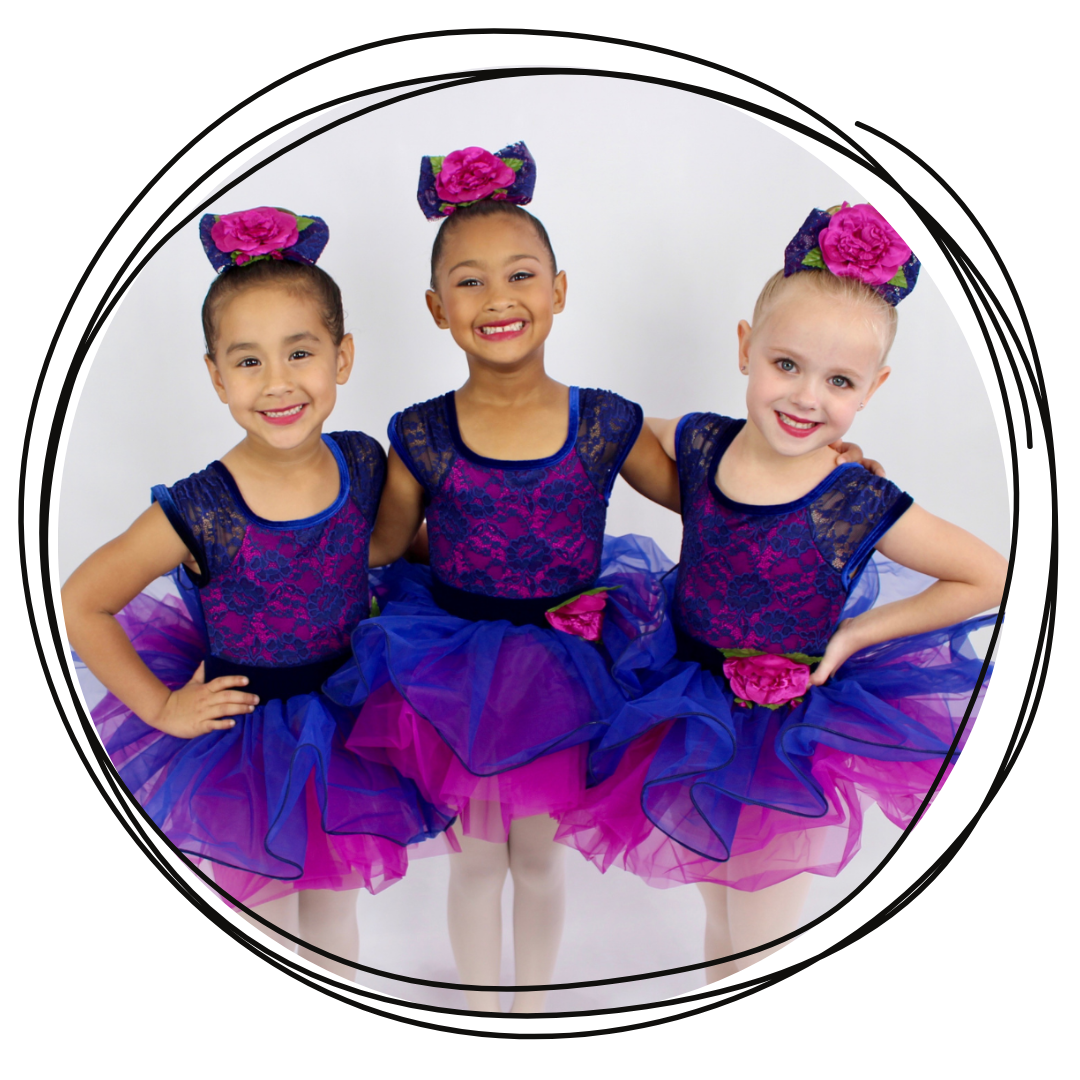
Contact Us!
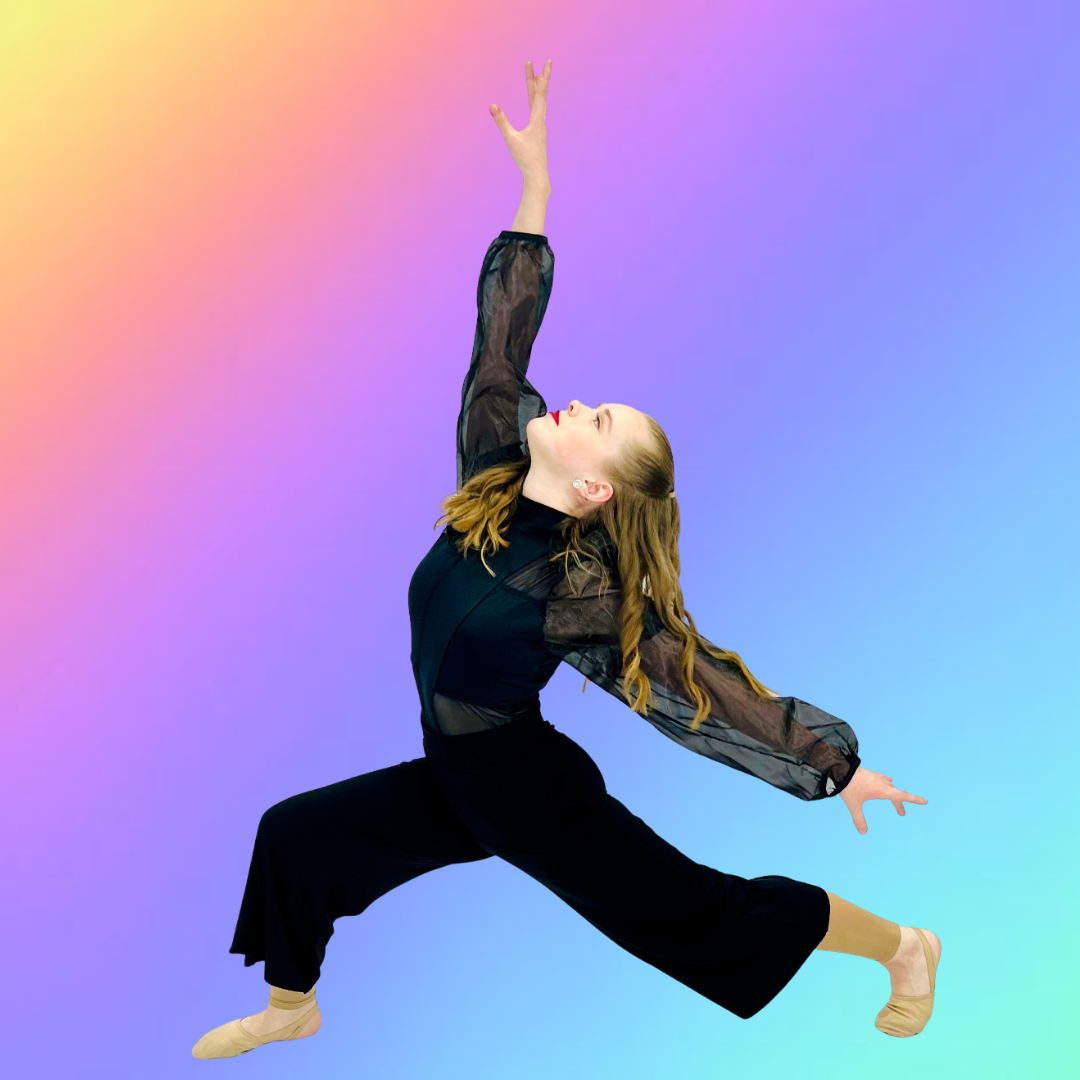
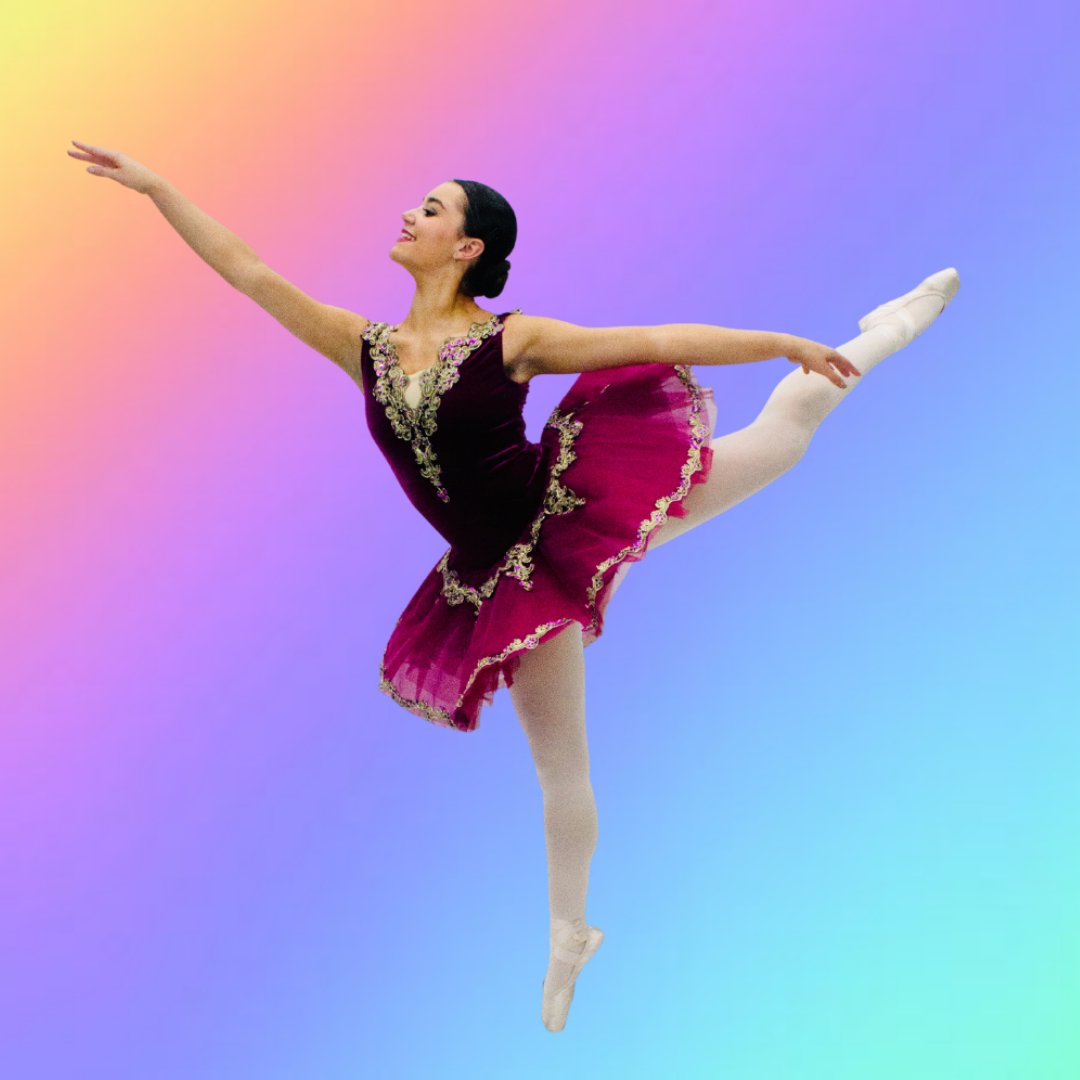
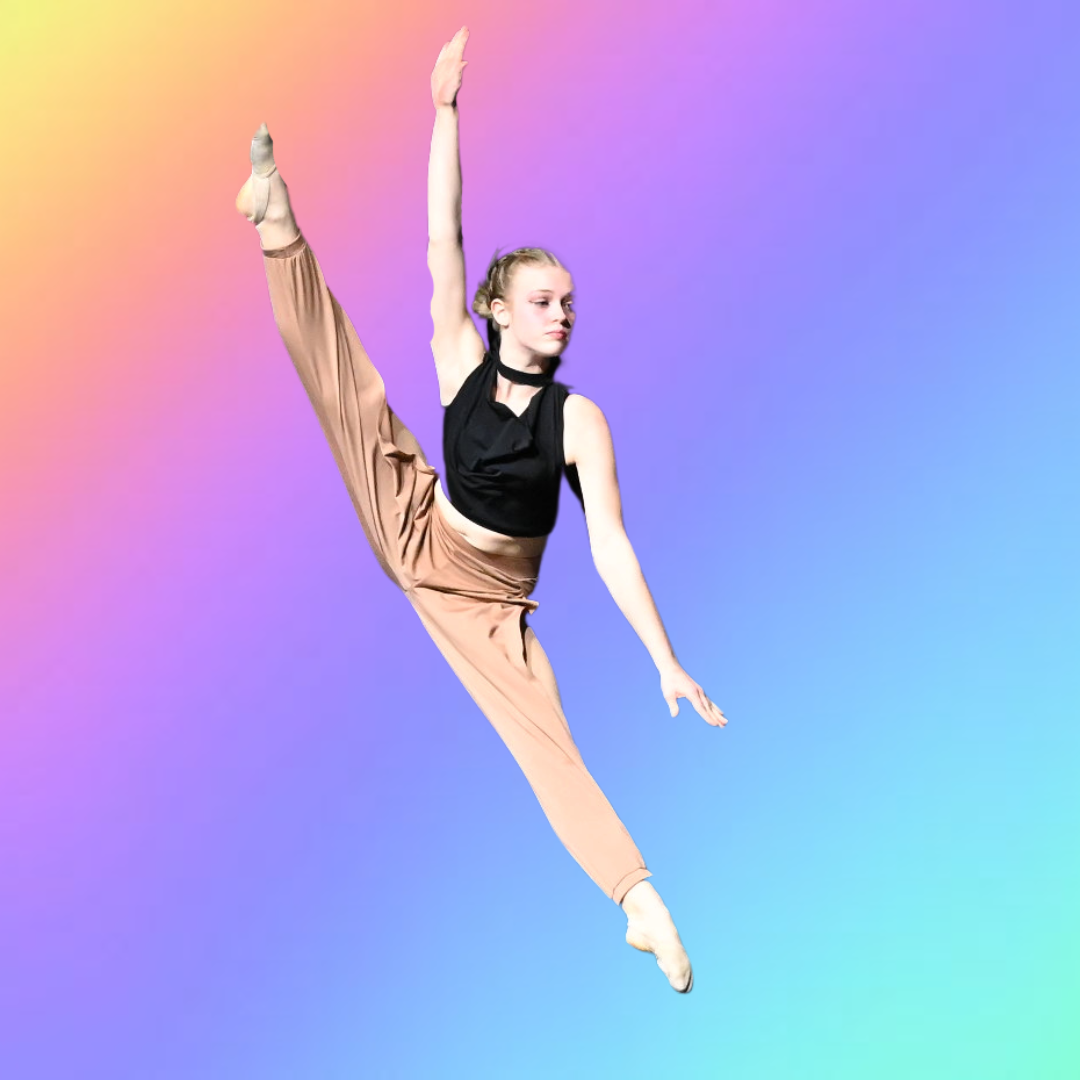
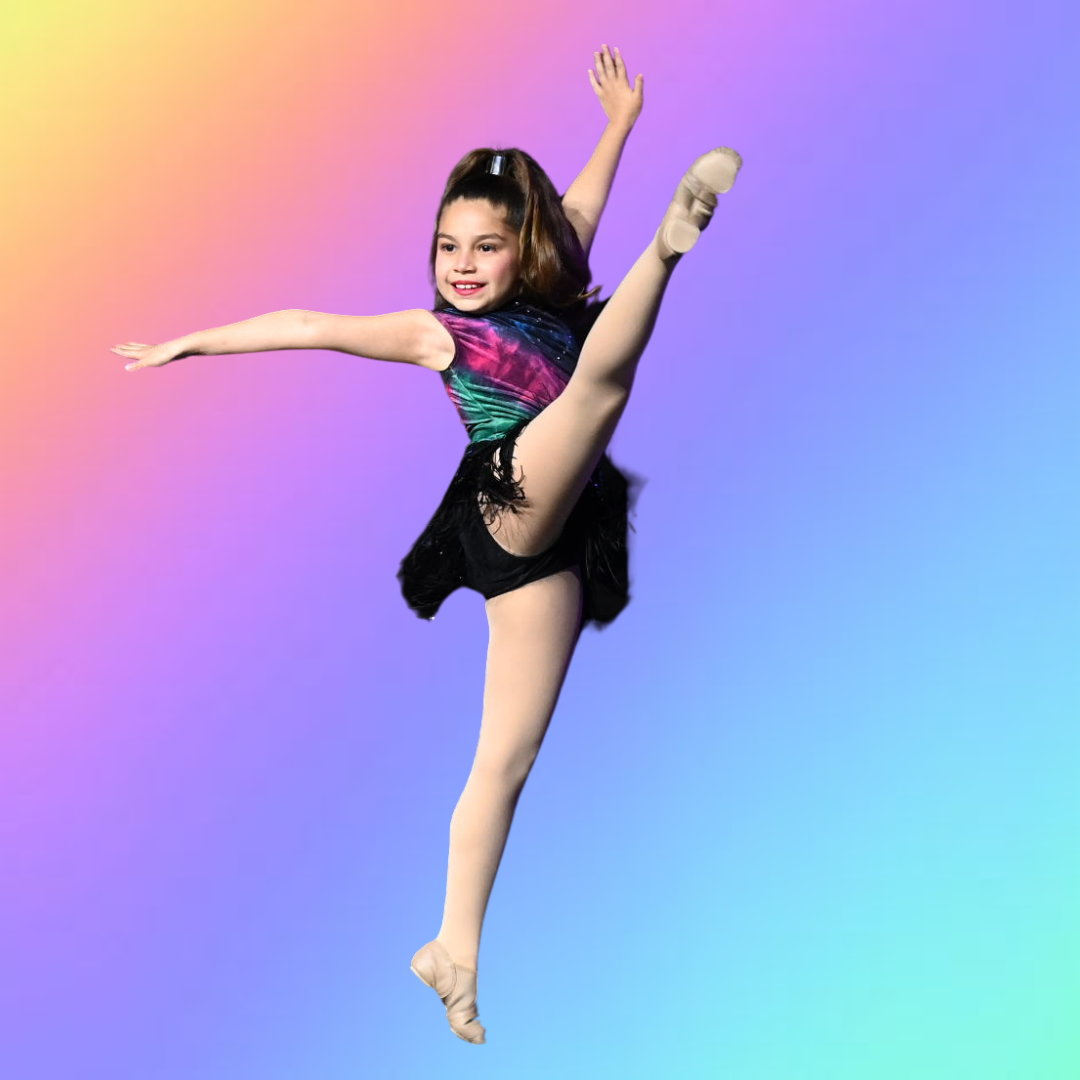

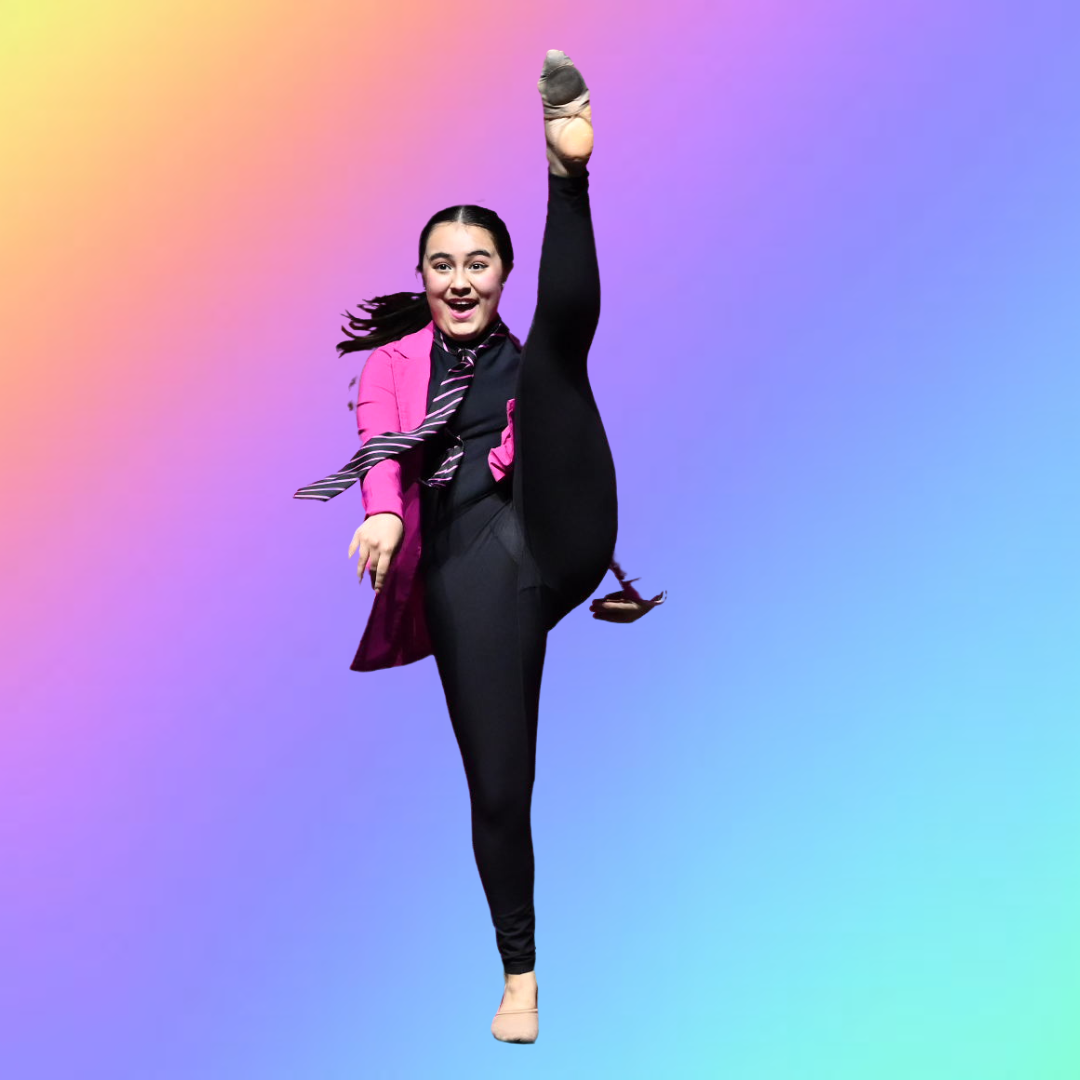
Aubrey/Little Elm Location
26772 HW 380 East
Little Elm, TX
Celina Location
3260 S. Preston Rd
Celina, TX
Frequently Asked Questions
How do I schedule a trial class?
Lorem ipsum dolor sit amet, consectetur adipisicing elit. Dolores dolorem adipisci ipsa, quasi nostrum quos culpa, illo perferendis
What is your class make-up policy?
Lorem ipsum dolor sit amet, consectetur adipisicing elit. Dolores dolorem adipisci ipsa, quasi nostrum quos culpa, illo perferendis
What is your refund policy?
Lorem ipsum dolor sit amet, consectetur adipisicing elit. Dolores dolorem adipisci ipsa, quasi nostrum quos culpa, illo perferendis
How do I schedule a trial class?
Lorem ipsum dolor sit amet, consectetur adipisicing elit. Dolores dolorem adipisci ipsa, quasi nostrum quos culpa, illo perferendis
What is your class make-up policy?
Lorem ipsum dolor sit amet, consectetur adipisicing elit. Dolores dolorem adipisci ipsa, quasi nostrum quos culpa, illo perferendis
What is your refund policy?
Lorem ipsum dolor sit amet, consectetur adipisicing elit. Dolores dolorem adipisci ipsa, quasi nostrum quos culpa, illo perferendis
3-D Dance Aubrey/Little Elm
3-D Dance Celina
3-D Dance
3-D Dance is a dance studio located in Aubrey and Celina with a team of professional dance educators dedicated to growing tomorrow's leaders through dance!
Email: [email protected]
Telephone: 469-747-1760


